High relief sculpture representing Vaishnavi, the shakti of Vishnu
Nepal, Kathmandu Valley
14th – 15th century
High relief representation of Vaishnavi, a female deity representing the primordial creative energy (shakti) of the Hindu god Vishnu. She is shown seated, legs positioned in sattvaparyanka, in the center of a double circle composed of foliage scrolls blossoming into large volutes providing a seat for the deity.
Dressed in a simple dothi, she sports an opulent chest on which rests a large necklace. She wears a high ornate tiara, large earrings resting on her shoulders. She is adorned with four arms, the upper hands brandishing a wheel (chakra), a mace (gada), classic attributes of Vishnu, the lower right hand holding a conch (shankha), the left hand in the abhayamudra position (absence of fear).
Vaishnavi is one of the seven mother goddesses (Saptamatrika) emerging as shaktis from the bodies of the gods, here Vishnu, the preserver god. The order of the seven mother goddesses generally begins with Brahmi symbolizing the very essence, creation. Vaishnavi, like Vishnu, provides the created world with symmetry, beauty and order. The most important meaning of the symbolism of the Saptamatrika is the implication of cyclical universal time and its cessation. In classical statuary, Vaishnavi occupies the central position flanked by three goddesses on each side.
Solid wood with traces of polychromy
Wear and visible losses
21.8 x 16 cm withoutstand
European private collection
Contact us: culturesetcivilisations@orange.fr



























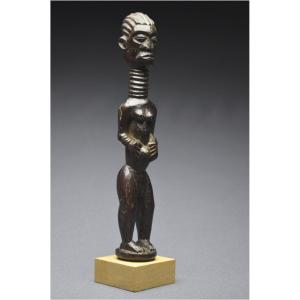
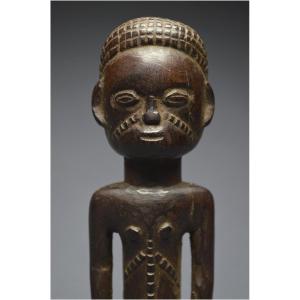

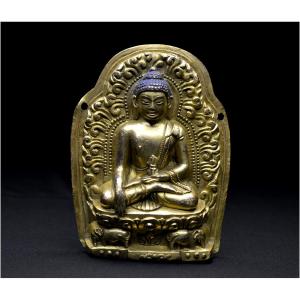
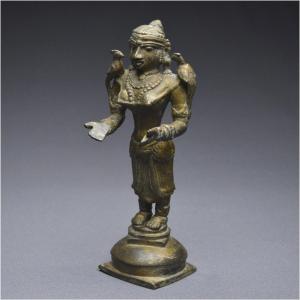
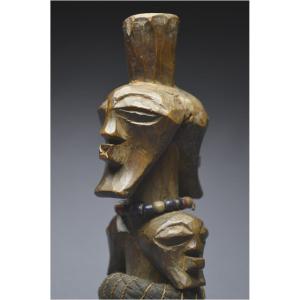
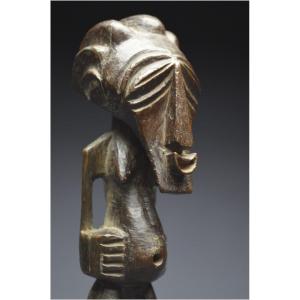

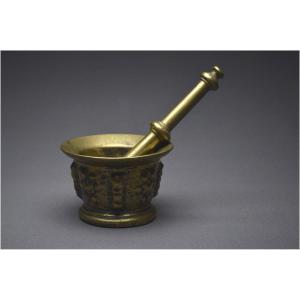
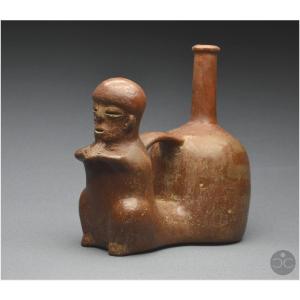
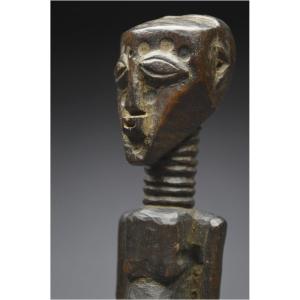
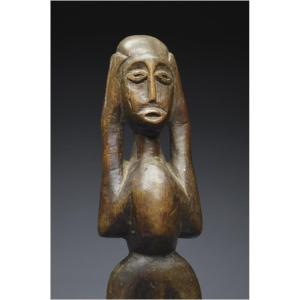




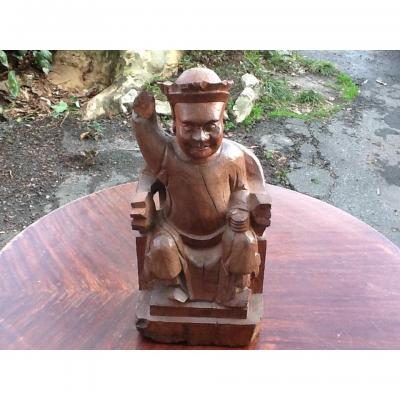
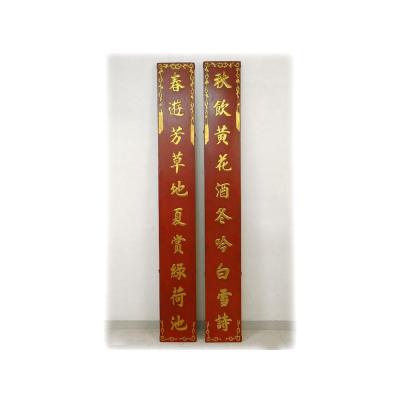





 Le Magazine de PROANTIC
Le Magazine de PROANTIC TRÉSORS Magazine
TRÉSORS Magazine Rivista Artiquariato
Rivista Artiquariato